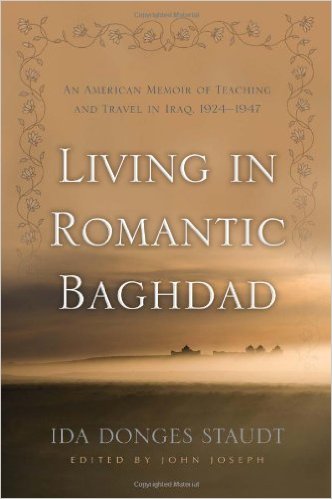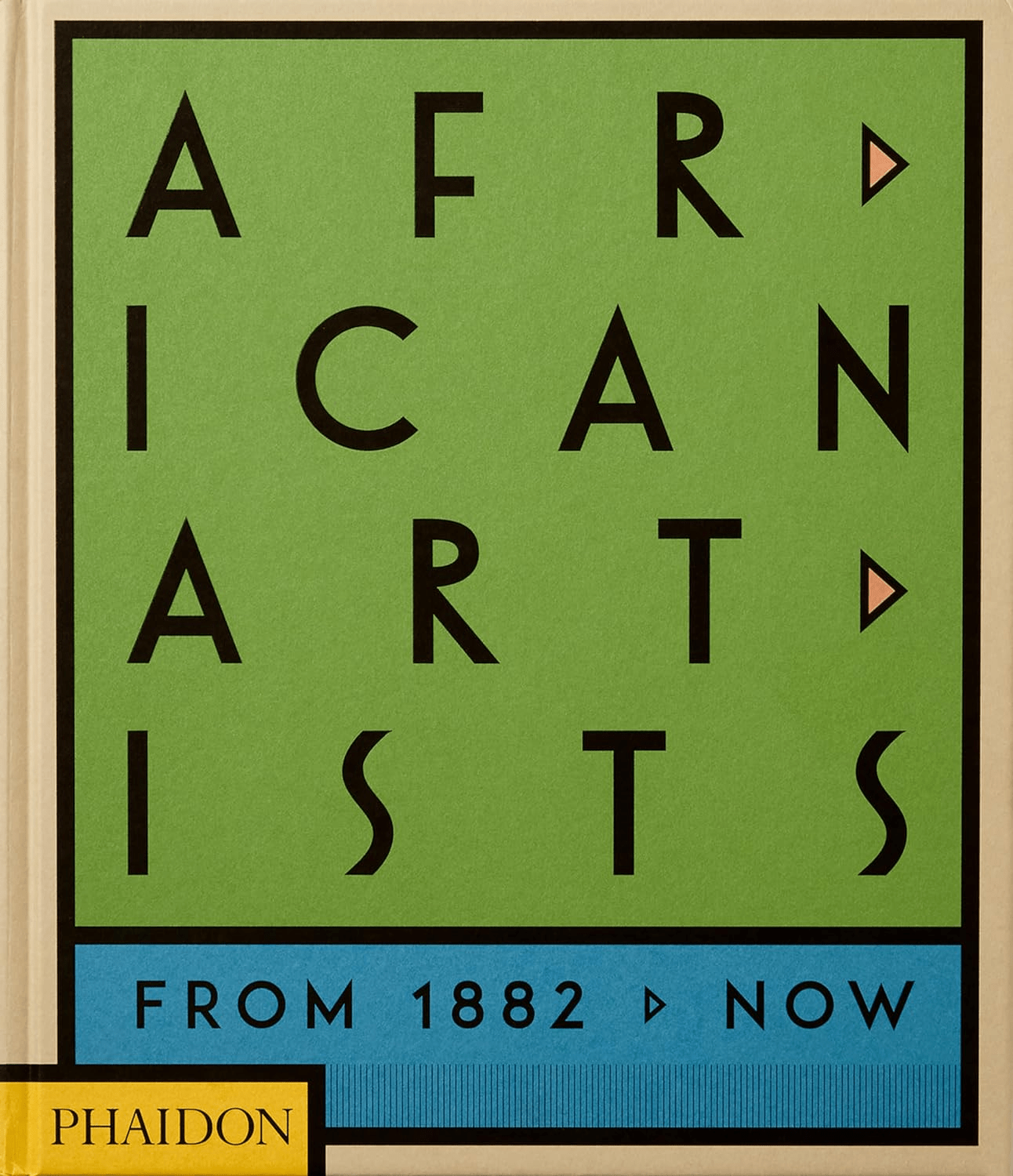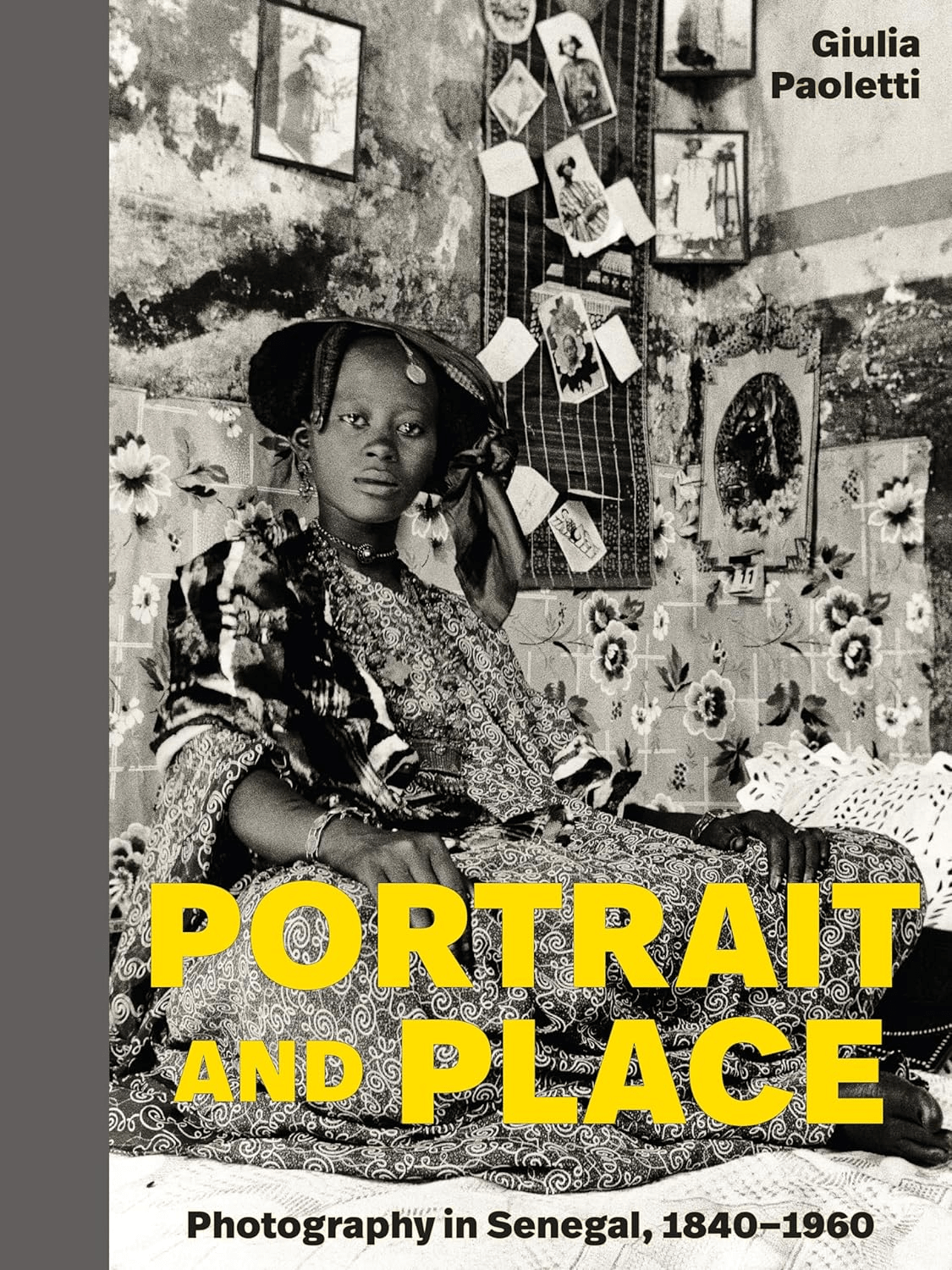
Living in Romantic Baghdad: An American Memoir of Teaching and Travel in Iraq, 1924-1947
Robert W. Lebling
Ida Donges Staudt. John Joseph, ed.
2012, Syracuse University Press, 978-0-81560-994-0, $29.95 hb
“In this partly desert land a garden is sometimes described as a fardaws (paradise). A garden means so much more in this part of the world where the desert almost engulfs us, and where the sun with open-faced fierceness glares down upon the parched earth throughout the long summer and the long summer days.”
Few have described early 20th-century Baghdad as “romantic,” but American educator Ida Staudt found it just that. She and her husband Dr. Calvin Staudt traveled there in 1924 to open the American School for Boys, arriving the day Iraq’s Constituent Assembly began work on a constitution for the fledgling nation. Staudt admitted that her perceptions of Baghdad were colored by readings of the Thousand and One Nights and other tales set in the great Abbasid capital. But she wrote frankly and compellingly about Baghdad of her day. She socialized with the city’s movers and shakers, sat in on deliberations of the Iraqi parliament, explored the maze of narrow streets and markets, rowed on the Tigris, and traveled far from the capital, describing with sensitivity the social customs and traditions of Iraq’s many ethnic communities. She also pioneered girls’ education, creating new learning opportunities for females. This book was completed in 1951, a year before her death, drawing details from diaries that have been lost, but the manuscript was buried among family records and surfaced only in 2006. The Staudts’ school closed in 1950, three years after the couple retired.
Few have described early 20th-century Baghdad as “romantic,” but American educator Ida Staudt found it just that. She and her husband Dr. Calvin Staudt traveled there in 1924 to open the American School for Boys, arriving the day Iraq’s Constituent Assembly began work on a constitution for the fledgling nation. Staudt admitted that her perceptions of Baghdad were colored by readings of the Thousand and One Nights and other tales set in the great Abbasid capital. But she wrote frankly and compellingly about Baghdad of her day. She socialized with the city’s movers and shakers, sat in on deliberations of the Iraqi parliament, explored the maze of narrow streets and markets, rowed on the Tigris, and traveled far from the capital, describing with sensitivity the social customs and traditions of Iraq’s many ethnic communities. She also pioneered girls’ education, creating new learning opportunities for females. This book was completed in 1951, a year before her death, drawing details from diaries that have been lost, but the manuscript was buried among family records and surfaced only in 2006. The Staudts’ school closed in 1950, three years after the couple retired.
You may also be interested in...

A Century of African Art, in 300 Voices, All in One Book
From Cairo to Khartoum to Casablanca, this volume traces how African artists have shaped—and reshaped—modern art over the past century.
A Fresh Perspective on Senegal’s Photographic History
Author Giulia Paoletti’s Portrait and Place puts historical Senegalese photography in a fresh global context.